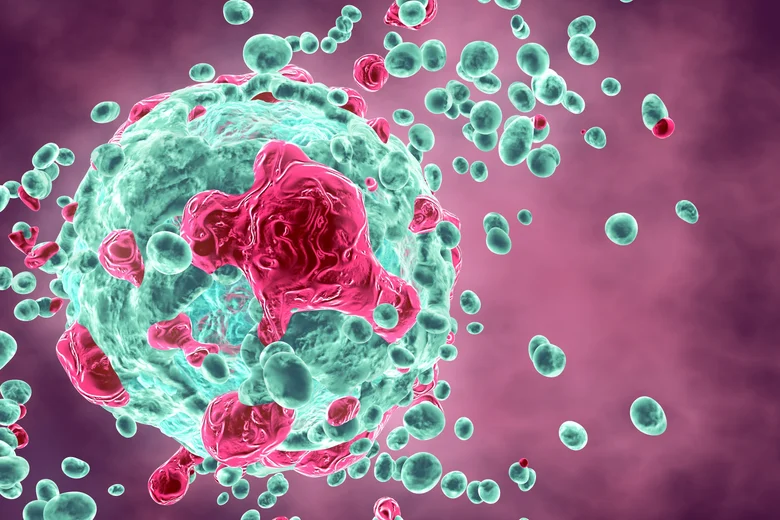This remarkable man, born in 1930, has two facets, two passions, and two lives, and each of them is crowned with dazzling success. I meet him in his art-therapy studio at the Hôtellerie de la Fondation québécoise du cancer, a studio he founded in 1997. It’s a place that exudes joy: the bright yellow of the walls, the works hung everywhere, music, everything predisposes to playfulness.
GEORGETTE DUCHA Î NE: Mr. Brault, you have an extremely impressive track record as a designer, artist, and goldsmith-jeweler in Quebec and overseas. You have received the medal of the Order of Canada and your jewelry is in the collection of Queen Elizabeth of England. But tell me, how does an internationally renowned goldsmith-jeweler end up doing art therapy?
MAURICE BRAULT: Sometimes there are shocks that suddenly make us see life in a new light. I had a store on Crescent Street and that’s where I suffered two hold-ups. It was an attack that shook me to the core. I decided to quit jewelry. I then led a very worldly life which I liked, even if I saw that it was superficial. I felt the need to help others, to get involved socially. I then went to work at the Lethbridge Centre; I took care of the textile workshop where we taught embroidery in particular.
GD: Was it a school?
MB: Oh! I forgot to tell you that it was a center for the deficient, the poorest. And I transformed this program little by little to introduce art into it. The results were spectacular. I became the instigator and animator of the first Quebec program of rehabilitation and re-education through art. Life has taken me down paths that I would never have suspected when I was an art student.
GD: And jewelry is completely out of your life?
MB: She came back after eleven years in Lethbridge. I then left for Venice. This is my Italian chapter.
At that moment, an elderly man timidly enters the workshop.
Read also: Theater, an extraordinary learning tool
CREATIVITY TO APPEASE EVIL
Let’s call the XX. Immediately, Mr. Brault, very comfortable, gets up to welcome him warmly.
MB: Hello sir, welcome to this workshop. He makes a circular gesture, pointing to the walls covered with very colorful works. Here is a place where you can freely express your emotions.
XX: Me, I have no talent, all I know is cows.
MB: No need for talent, just creativity, and everyone has creativity. Here, we paint, draw or paper mache for fun. It gives joy and it allows you to share with others who are also living with cancer.
GD: Not many people this morning?
MB: Oh! Oh! Don’t worry about that. You will see that the world will begin to arrive, it will not belong! In the meantime, here is a nice big white sheet.
XX: I don’t know what to do with this.
MB: We start with simple things to familiarize ourselves with. With these colored sticks, you make circles, big ones, small ones, as much as you want.
XX starts drawing circles, he applies himself.
XX: It’s my wife who would like to do that.
MB: Why don’t you take him?
XX: She’s dead, cancer, and that’s me. Tears stream down his face without his noticing. Alright, I’m done.
MB: Here you are going to take this big paintbrush and put some paint in your circles.
A lady enters, she wears a tight scarf on her head; her face lights up when she sees Mr. Brault welcoming her with open arms.
YY: I wanted to make sure you were there, I’ll be back after my treatment.
She goes out. After some time, XX finished.
XX: I wasn’t thinking of anything while making my rounds ¿, not even my cancer.
MB: You understand why we come here; it is an oasis where one finds moments of happiness. You put your name down, then I’ll hang it up to dry when you come back.
XX: he smiles. You seem to be sure about that, do you?
MB: Are you sure about your cows?
They laugh. The man leaves.
GD: I am very touched to have seen this man draw and start talking.
ART AT THE SERVICE OF HEALTH
MB: It’s the therapeutic effect of art that frees and ventilates. It breaks the monotony. People meet others who are going through the same disease. They talk during work and it does them a lot of good.
GD: I would never have believed that art could have an effect on health.
MB: Of course. Art becomes a means of inner integration through the release of pure emotion. It promotes the awakening of creativity as a source of strength, energy, balance, and autonomy helping to overcome and supplant physical and emotional pain.
GD: You who have taken such different paths in your life, how do you define yourself?
MB .: I would say I have two personalities. There is the socialite I really liked being part of the jet-set and having the director of Chanel in Milan as a friend, and there is the solitary in search of spirituality. I frequent the Abbey of St-Benoit-du-Lac and go every year to Solesmes, France to the Benedictine monastery. However, my present life is entirely devoted to art therapy for people with cancer. I am here two days a week. Not bad for my age!
